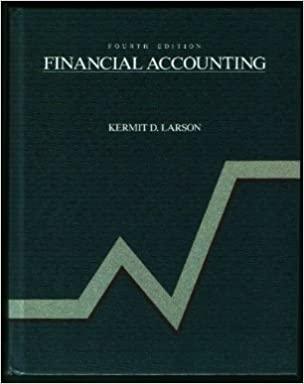Answered step by step
Verified Expert Solution
Question
1 Approved Answer
Hi, need help with NPV of Plan B along with the rest if the parts. Thanks! HII Company operates a chain of sandwich shops. (i)
Hi, need help with NPV of Plan B along with the rest if the parts. Thanks! 






HII Company operates a chain of sandwich shops. (i) (Click the icon to view addisional information.) Read the mogirements. (Click the fClick the it (Click the io Gaclulate the NPV (net present value) of each plan. Begin by calculating the NPV of Plan A. (Complete all answer boxes. Enter a " 0 " for any zaro balances or amo parentheses or a minus sign for a negative net present value.) Requirements 1. Compute the payback, the ARR, the NPV, and the profitability index of these two plans. 2. What are the' strengths and weaknesses of these capital budgeting methods? 3. Which expansion plan should Hill Company choose? Why? 4. Estimate Plan A's IRR. How does the IRR compare with the company's required rate of return? More info The company is considering two possible expansion plans. Plan A would open eight smaller shops at a cost of $8,700,000. Expected annual net cash inflows are $1,550,000 for 10 years, with zero residual value at the end of 10 years. Under Plan B, Hill Company would open three larger shops at a cost of $8,340,000. This plan is expected to generate net cash inflows of $990,000 per year for 10 years, the estimated useful life of the properties. Estimated residual value for Plan B is $1,200,000. Hill Company uses straight-line depreciation and requires an annual return of 10%. Reference Reference Reference Reference HII Company operates a chain of sandwich shops. (i) (Click the icon to view addisional information.) Read the mogirements. (Click the fClick the it (Click the io Gaclulate the NPV (net present value) of each plan. Begin by calculating the NPV of Plan A. (Complete all answer boxes. Enter a " 0 " for any zaro balances or amo parentheses or a minus sign for a negative net present value.) Requirements 1. Compute the payback, the ARR, the NPV, and the profitability index of these two plans. 2. What are the' strengths and weaknesses of these capital budgeting methods? 3. Which expansion plan should Hill Company choose? Why? 4. Estimate Plan A's IRR. How does the IRR compare with the company's required rate of return? More info The company is considering two possible expansion plans. Plan A would open eight smaller shops at a cost of $8,700,000. Expected annual net cash inflows are $1,550,000 for 10 years, with zero residual value at the end of 10 years. Under Plan B, Hill Company would open three larger shops at a cost of $8,340,000. This plan is expected to generate net cash inflows of $990,000 per year for 10 years, the estimated useful life of the properties. Estimated residual value for Plan B is $1,200,000. Hill Company uses straight-line depreciation and requires an annual return of 10%. Reference Reference Reference Reference 






Step by Step Solution
There are 3 Steps involved in it
Step: 1

Get Instant Access to Expert-Tailored Solutions
See step-by-step solutions with expert insights and AI powered tools for academic success
Step: 2

Step: 3

Ace Your Homework with AI
Get the answers you need in no time with our AI-driven, step-by-step assistance
Get Started


